Why did David Cameron decide to hold the EU referendum?
In 2012 Cameron used the promise of a referendum to manage Conservative opinion, undermine Ukip and achieve a new European settlement. In this prize-winning essay, Patrick Law looks back at that fateful decision
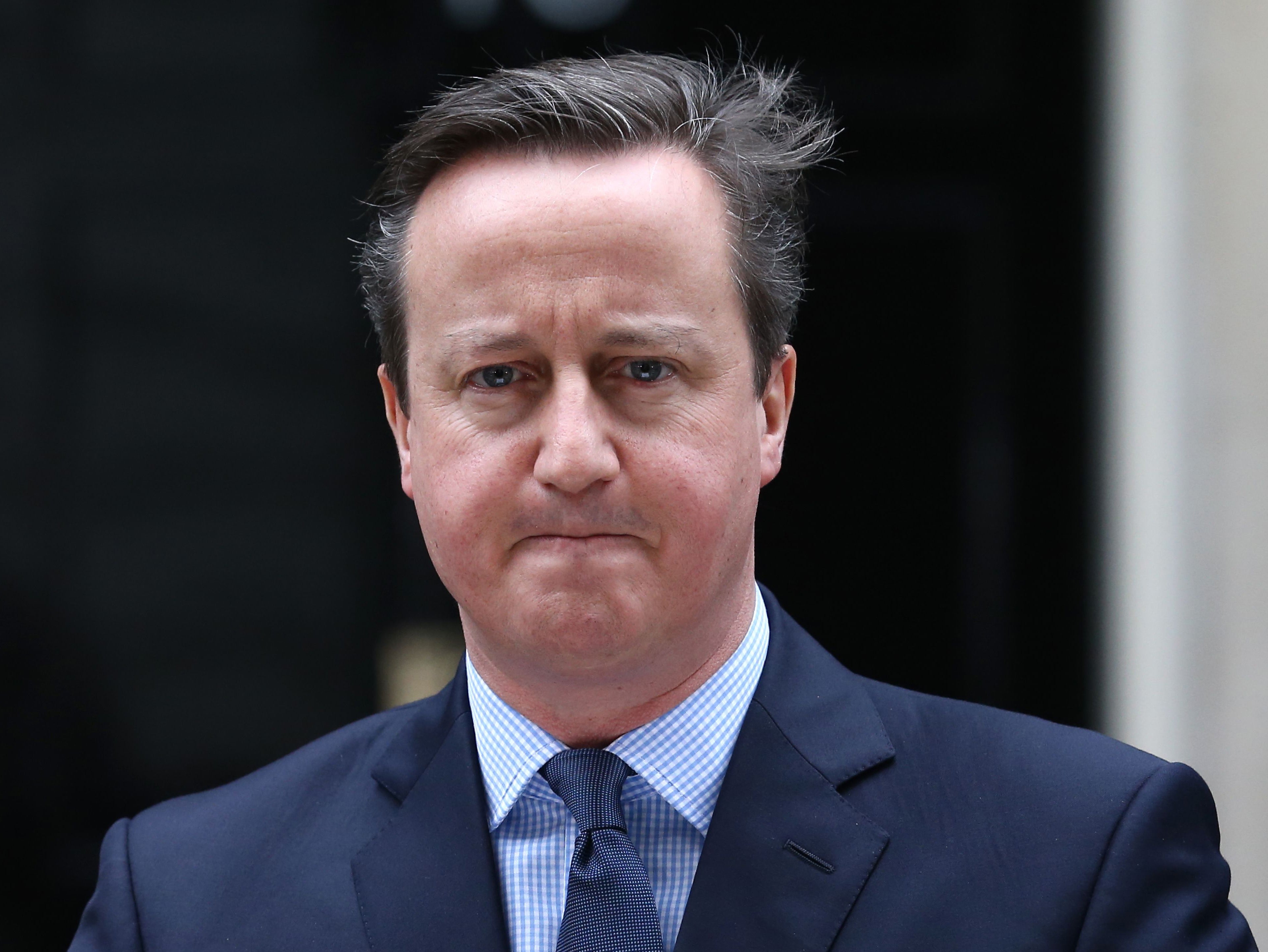
The paradox of David Cameron’s premiership is that he wanted to stop his party’s obsession with the European Union yet it came to define his term in office. Before becoming Conservative Party leader, Cameron’s political career had already been marked by the issue. Working in Conservative Central Office he witnessed the resignation of Margaret Thatcher as prime minister, caused in part by her growing hostility to the EU. In 1992, as special adviser to Norman Lamont, the chancellor, Cameron experienced the turmoil of sterling’s suspension from the European exchange rate mechanism. Then, as special adviser to Michael Howard, the home secretary, he watched Conservative divisions damage John Major’s premiership after the signing of the Maastricht Treaty.
After three election losses, when Cameron became leader, he urged his party to “stop banging on about Europe” and focus on the numerous concerns that voters ranked above the EU. He advocated this view while holding moderately Eurosceptic views, supporting EU membership but against further integration and seeking opportunities for reform. This positioning had helped him secure the Witney constituency nomination ahead of the 2001 election. Four years after becoming an MP, he used this scepticism tactically in the party leadership contest, advocating that Conservative MEPs should separate from the European People’s Party (EPP), the mainstream block of right-wing parties, because of the EPP’s federalist commitments.
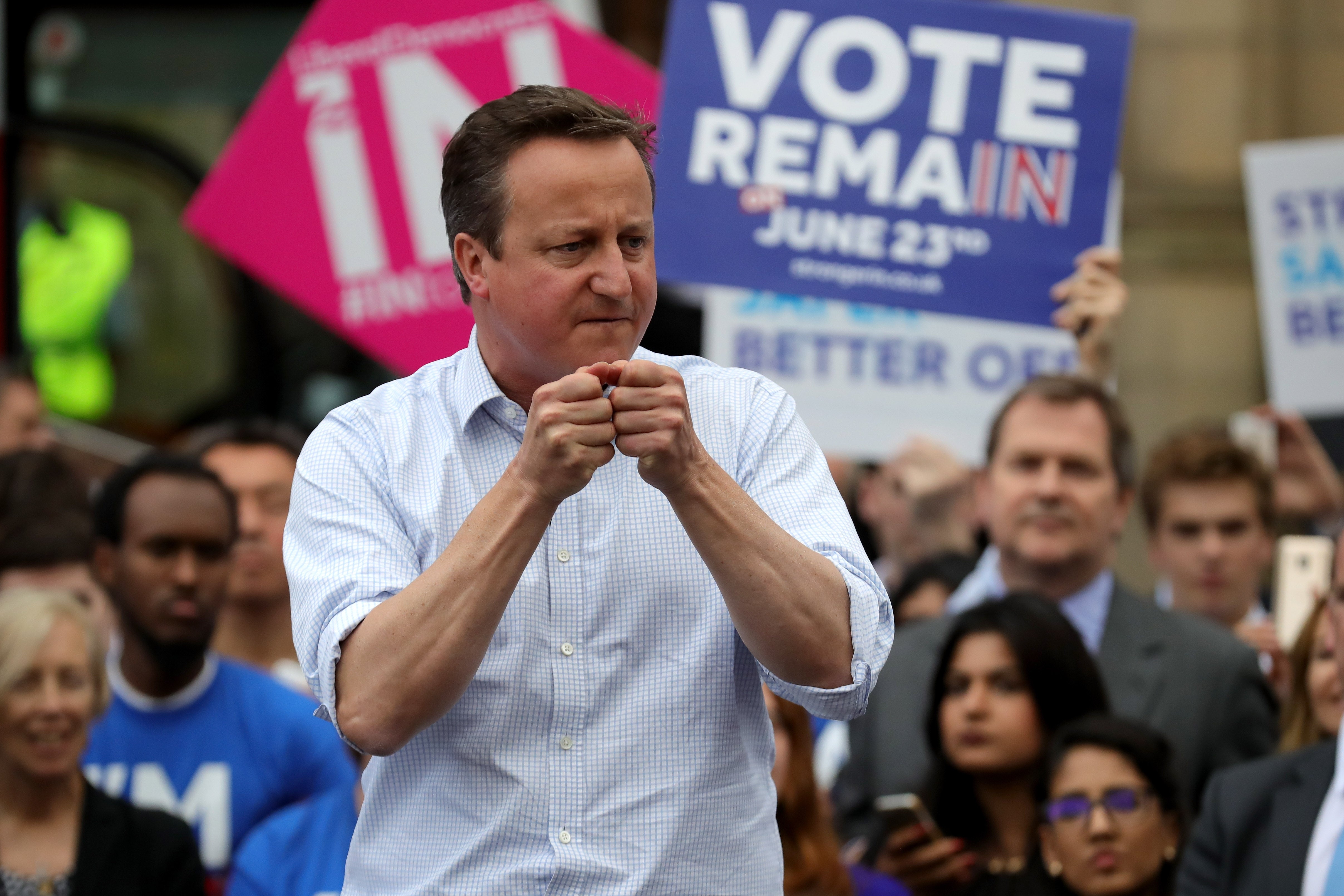
This positioning was demonstrated again in 2007 when as leader he gave a “cast iron guarantee” in The Sun that a Conservative government would hold a referendum on the Lisbon treaty. However, Cameron changed position before the 2010 election once the treaty was ratified, seeding deep distrust among more sceptical Conservatives. In response, Cameron proposed a “referendum lock” to prevent the transfer of further powers to the EU without a referendum.
In the 2010 coalition discussions, Cameron was able to bridge European policy disagreements with the Liberal Democrats as both party leaders wanted to defuse the issue. This was seen as achievable because, with the Lisbon treaty ratified by all member states, no further treaties were expected. As a precaution, however, the coalition agreed to legislate to enact Cameron’s “referendum lock”. Nick Clegg, the Liberal Democrat leader, and Cameron looked forward to “five relatively Europe-free years”, as Cameron put it in his memoir.
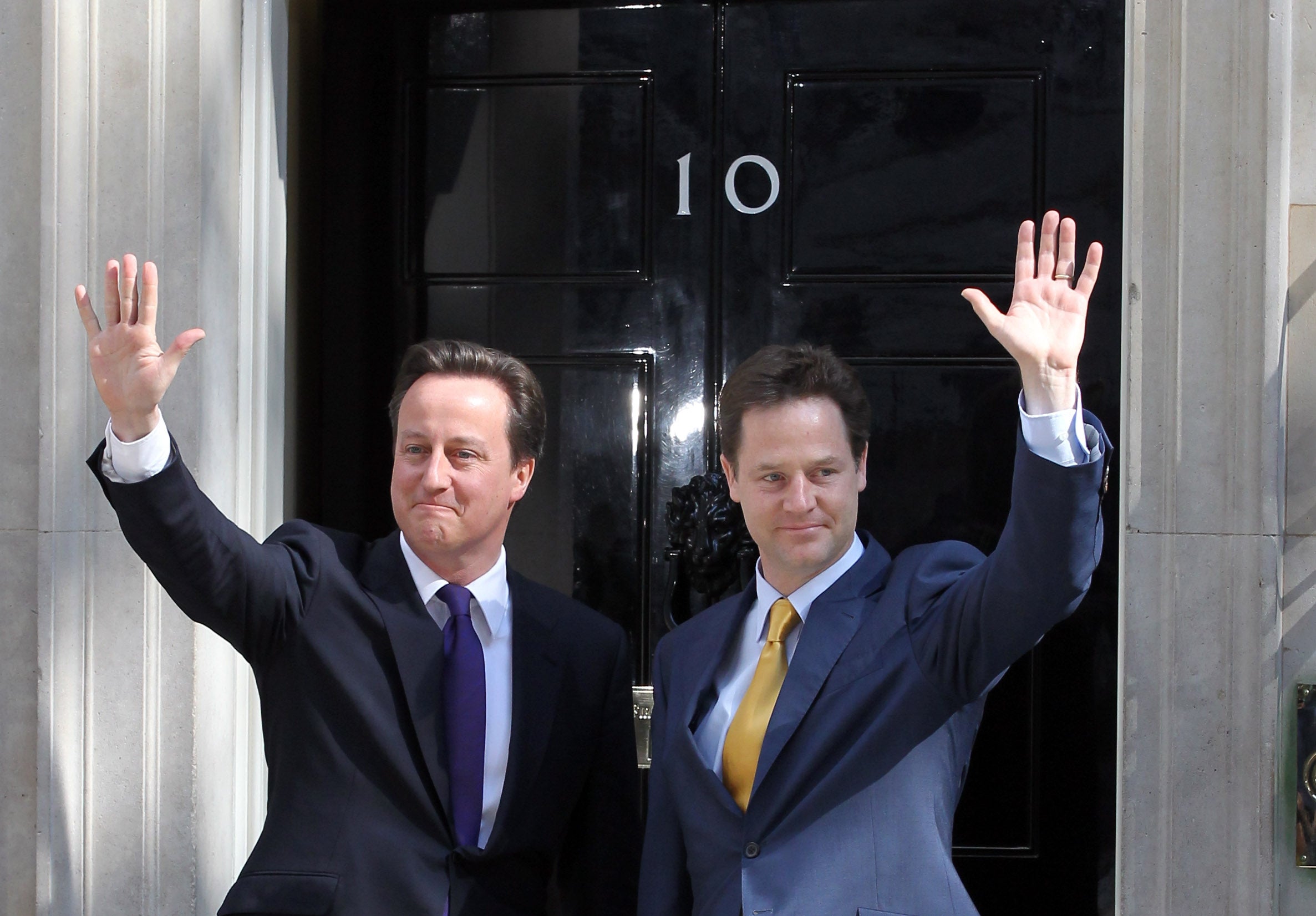
Yet, just two-and-a-half-years later, Cameron shifted his stance in his Bloomberg speech, and committed a future Conservative government to negotiating a different relationship with the EU and holding an in/out referendum. With Cameron’s election victory in 2015, this strategy resulted in a renegotiation of the terms of the UK’s membership and the referendum in June 2016.
Clegg, in his memoir, said that the reason Cameron moved to a referendum commitment was to manage his divided party. Cameron was not converted to the merits of direct democracy but following the example of Harold Wilson’s 1975 referendum, was seeking to control an issue that was destabilising his party. By October 2011 Cameron had already “faced 22 rebellions on Europe, involving 60 Tory backbenchers”, according to Tim Bale’s history of the Conservative Party. The pressure ratcheted upwards that month when 81 Conservative MPs voted for a referendum in defiance of a three-line whip. Both Cameron and William Hague, the foreign secretary, spoke forcefully against the motion in the House of Commons yet could not prevent the biggest rebellion since the Maastricht legislation in 1992.
Political pressure from Conservative MPs continued to grow. In June 2012 John Baron collected 100 signatures from Conservative colleagues asking Cameron to commit to a referendum after the 2015 general election. The prime minister publicly rejected this while in Brussels on EU business, which angered his critics. Pressure rose further in October 2012 when Conservative rebels united with Labour to defeat Cameron over EU budget contributions.
The pressure on Cameron was illustrated by the fact that his referendum commitment outlined in the January 2013 Bloomberg speech did not placate his critics. For example, in May 2013, 114 Conservatives expressed regret over the absence of legislation in the Queen’s Speech for a referendum. Many still felt a sense of betrayal over Cameron’s perceived U-turn on his Lisbon treaty referendum.
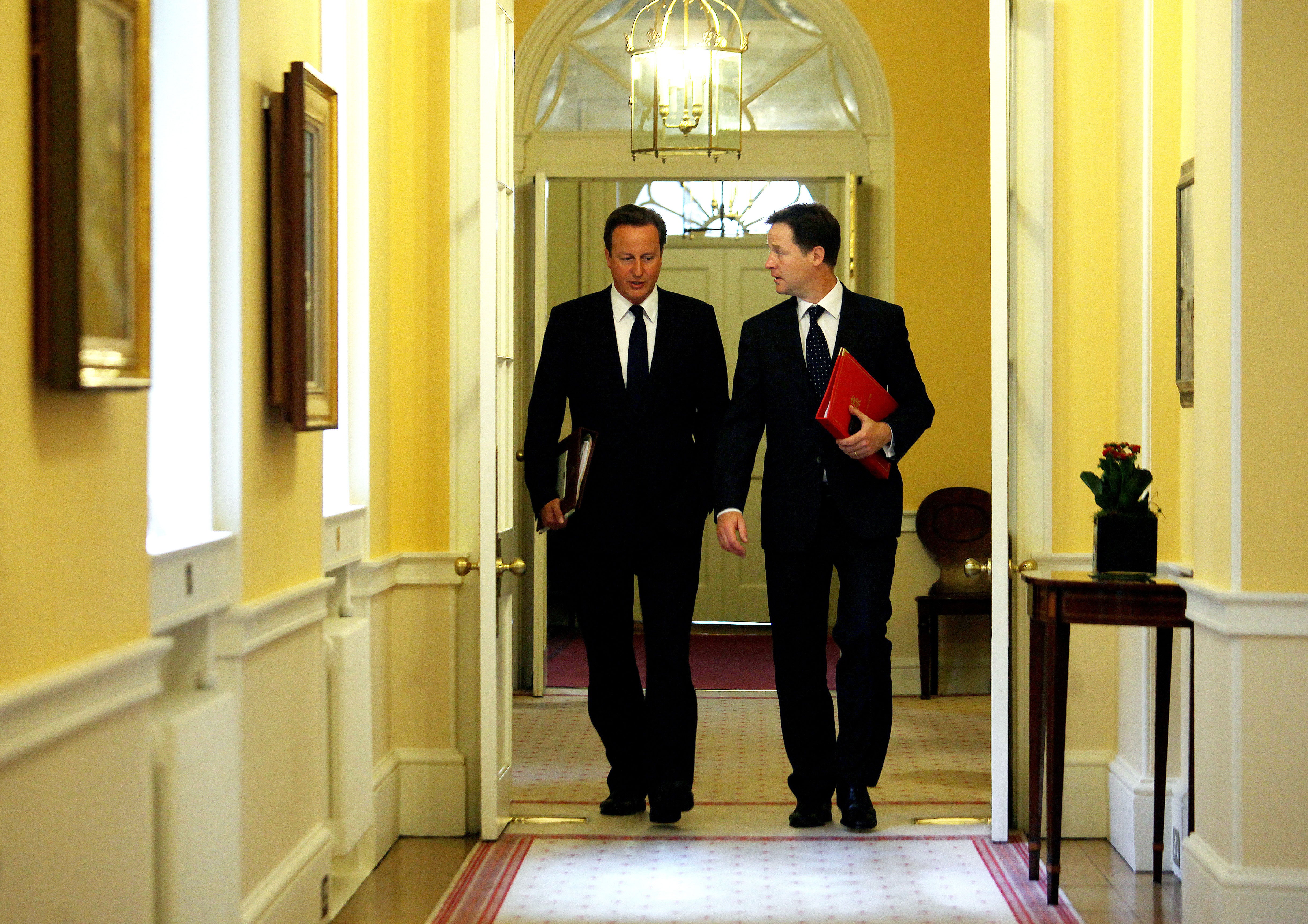
The pressure for a referendum from Conservative MPs was so strong that, if Cameron had not yielded to it, the Conservatives could have sought a new leader, according to Craig Oliver, Cameron’s director of communications. Cameron admitted that he rarely felt secure as leader and accepted in his memoir that he did not do enough to manage the rift between the leadership and back-benches. Conservative dissatisfaction with Cameron’s leadership was also fuelled by the coalition with the Liberal Democrats and the socially liberal hue of policy, particularly over same sex marriage.
Although it can be argued that the electoral threat of Ukip played a part in Cameron’s referendum decision, care must be taken with the timeline and causality
However, Cameron had some power in influencing events. Alternative strategies were available, as suggested by George Osborne, his ally and chancellor, advising him against a referendum. Osborne believed it risked splitting the Conservative Party and unleashing uncontrollable forces. Instead, Osborne advocated a strategy of avoiding the issue whenever possible, according to Tim Shipman’s account in All Out War.
Another option would have been to confront his party over Europe, particularly at an early stage of Cameron’s leadership. However, despite his modernising rhetoric, Cameron did not challenge Conservative opinion on Europe. There was no attempt to pursue a Blair-like “Clause IV moment”, choosing instead a big tent approach to unify the party.The emphasis on unity continued through to the EU referendum campaign when Cameron rejected calls for aggressive “blue on blue” attacks targeting the Leave campaigners.
However, having avoided confronting the issue early in his leadership, it is hard to see such a strategy subsequently succeeding. When a high-profile confrontation with his party on Europe was pursued, in the October 2011 House of Commons vote, Kate Fall, Cameron’s deputy chief of staff, judged it to be a serious error that inflamed rather than defused opinion. Without a willingness to confront his party, Cameron had to “feed the crocodiles”, as the Financial Times put it, until Conservative opinion favouring a referendum became overwhelming.
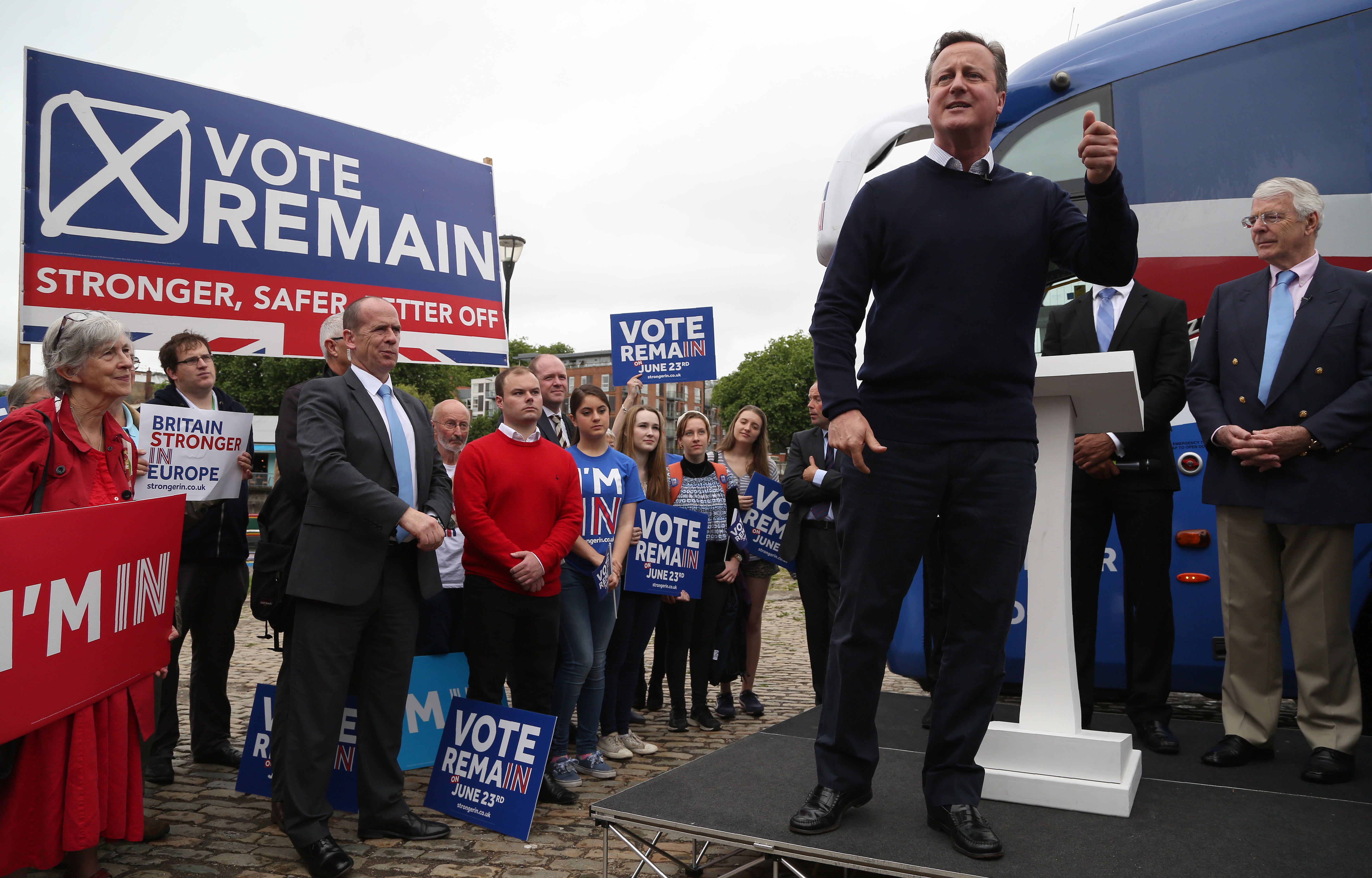
Pressure from Cameron’s party over Europe was augmented by the rise of Ukip. Having received only 3 per cent of the vote in the 2010 general election, Ukip strengthened its position, coming second in the Rotherham and Middlesbrough by-elections in 2012. Nationally, Lord Ashworth’s polling suggested that 1 in 10 Conservative voters were being lost to Ukip. In late 2012, opinion polls placed Ukip in third place ahead of the Liberal Democrats.
At the local level, Ukip made impressive gains in the council elections in 2013 and 2014, and polled ahead of both Conservative and Labour Party at the European parliament elections in 2014. Later that year, two Conservative MPs defected to Ukip, resigned their seats and won the resultant by-elections. This success undermined morale among Conservative MPs and party activists, with Ukip voicing what the Conservative base wished to hear.
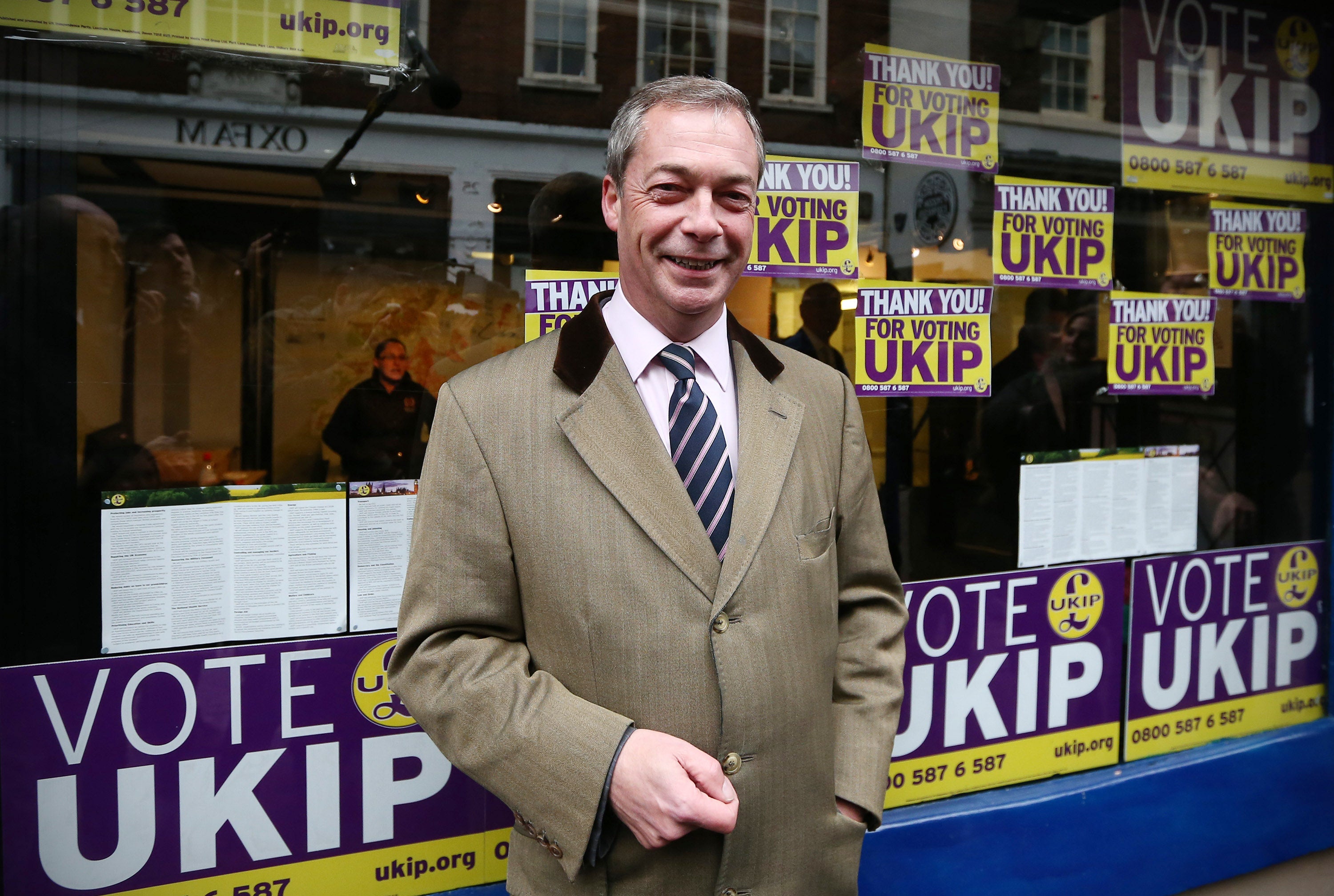
Although it can therefore be argued that the electoral threat of Ukip played a part in Cameron’s referendum decision, care must be taken with the timeline and causality. At the point that he moved towards a referendum in 2012, Ukip was yet to become a significant electoral threat. Fall, his deputy chief of staff, argued that the commitment was not made “to appease Ukip”. At that time, immigration rather than Europe was the primary concern of Ukip voters. Furthermore, the commitment to the referendum in 2013 can be seen as increasing the electoral saliency of Europe, with Ukip’s popularity increasing after the announcement.
However, two important counter points need to be considered. First, following advice from his pollster, Andrew Cooper, there is evidence that Cameron was anticipating the increasing electoral success of Ukip, particularly in the 2014 European parliament election. This, it was argued, would lead to irresistible pressure for a referendum. Cameron, therefore, wanted to announce on his own terms and move ahead of the issue. Secondly, although not having an immediate effect, the referendum pledge helped the Conservatives squeeze the Ukip vote in the 2015 general election. Its supporters were targeted with the message that only a Conservative majority would lead to a referendum, a tactic used ruthlessly “under the radar” via “social media, direct mail, phone calls and canvassing”, according to Philip Cowley and Dennis Kavanagh in The British General Election of 2015.

In addition to the political pressure, there were also EU policy considerations that persuaded Cameron of the merits of using a referendum to reposition the UK in “the shifting geometry of Europe”, as Matthew d’Ancona put it in his In It Together: The Inside Story of the Coalition. This perceived need to recalibrate the relationship with Europe emerged just 18 months after the coalition discussions that concluded Europe was unlikely to be a significant issue.
The events of the autumn of 2011 are particularly important in explaining Cameron’s policy motivations for a referendum. The financial crisis in Europe threatened the euro and to underpin the currency the EU proposed tighter financial services regulation and financial support for the weakest eurozone countries. Although the UK was outside the eurozone, the package could have had significant effects on the UK’s financial services sector. At the December 2011 summit, Cameron attempted to agree a package of safeguards for the UK but this was rejected by other members. His negotiating position of threatening a veto was circumvented by a legal mechanism enabling the EU to proceed without a treaty change and therefore without his support.
Even before negotiations started, a gap emerged between the rhetoric about what was necessary to win a referendum and what was achievable within a non-treaty based negotiation
Although his attempted veto gained enthusiastic support from his backbenchers, illustrated by the traditional desk banging at the meeting of the backbench 1922 Committee, Cameron’s team believed there was a structural weakness in their position, according to Fall. Britain, in Cameron’s view, was in danger of being dominated by an integrationist core of eurozone countries. Their interests revolved around the single currency rather than the single market and their economic crises were accelerating this process. A further weakness had also become apparent: Angela Merkel, the German chancellor, could not be relied on to support the UK position against the interests of the eurozone countries.
These events fundamentally changed Cameron’s outlook and as early as January 2012 he talked on his private tapes, recorded with Daniel Finkelstein, the Conservative peer and Times columnist, about the need to redraw Britain’s relationship with the EU and put it to a referendum. He believed that the EU emphasis on the primacy of the eurozone had implications for the UK that could not be controlled. There were therefore “developing fault lines” in Britain’s membership that would have to be addressed, according to Ivan Rogers, the prime minister’s civil service adviser on Europe. Without reform, the UK’s position of being in the single market but out of the single currency was difficult to maintain, Cameron argued in his memoir. He therefore started to consider a referendum strategy to drive a change in the UK’s relationship with the EU a year before the Bloomberg speech in January 2013.
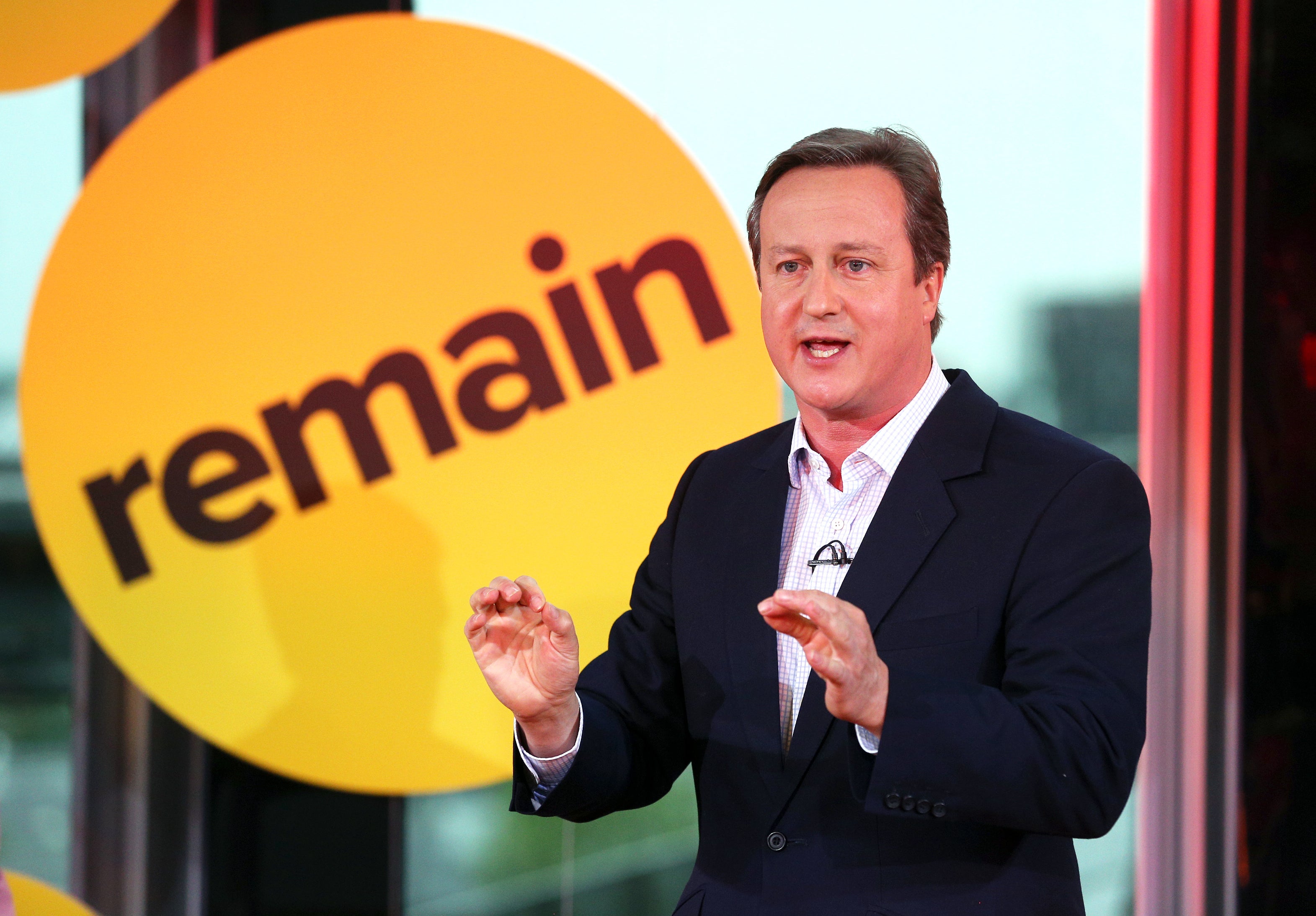
Cameron’s approach of “reform, renegotiate and referendum” was codified in the much anticipated speech. This set out the case for continued UK membership but only on the basis of “fundamental, far-reaching change”. A future Conservative government would seek ambitious changes to the terms of UK membership, and on completion of this process a referendum would then be held on an in/out basis. It was a negotiating strategy that John Major, the former prime minister, endorsed, arguing that a new basis for membership and a popular mandate were necessary. Immigration was not identified in the speech as an area for EU reform, so should not be seen as a major reason for Cameron’s initial decision to propose a referendum.
However, there was a strategic difficulty with Cameron’s renegotiation and referendum strategy. It was assumed in the Bloomberg speech that the EU would need to pursue treaty amendments to deal with further eurozone changes and that the UK’s agreement would therefore be needed. This veto power, it was argued, would provide the leverage Cameron needed to ensure Britain got a grand new bargain with the EU. However, it became apparent at the end of 2014 that the assumption was incorrect, and that the EU would not pursue a new treaty because of the ratification risks arising from referendums in many member states. Without a new treaty, the scope for the UK achieving significant reform was constrained. In the meantime, in response to growing concerns over immigration, Cameron increased expectations of the degree of change his negotiation would deliver and in 2014 claimed he would “not take no for an answer” in restricting immigration.
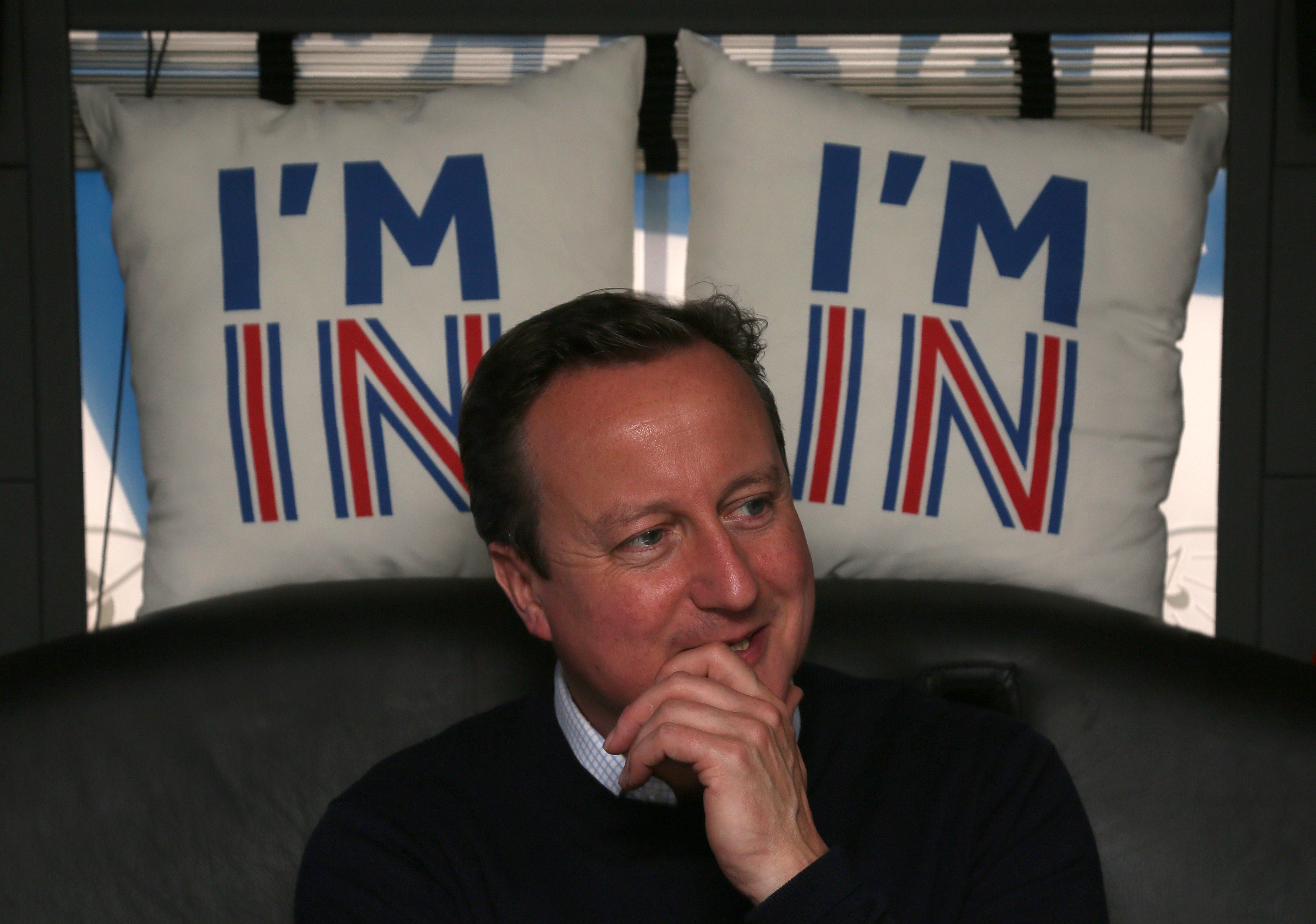
Thus even before negotiations started, a gap emerged between the rhetoric about what was necessary to win a referendum and what was achievable within a non-treaty based negotiation. This was reflected in uncharacteristic tensions between Cameron’s political team and his officials leading on the European discussions, such Ivan Rogers, from late 2013 Britain’s ambassador to the EU, and Tom Scholar, his successor as the prime minister’s civil service adviser on Europe. The political advisers wanted to push for change beyond the existing tramlines of EU law; the civil servants advised that Merkel in particular would never countenance restrictions to the EU principle of freedom of movement.
In retrospect, Cameron’s political advisers believe that they could have been bolder in their use of the referendum in negotiations, particularly on free movement. They could also have walked away from negotiations in an attempt to secure further concessions, before calling a referendum in 2017, as Lynton Crosby, Cameron’s election adviser advocated. Rogers, however, believed that the deal had already been pushed to the limit.
Nevertheless, it can be argued that the decision to hold the referendum was vindicated as a negotiating device, as the concessions Cameron achieved from the EU were not insubstantial. Reforms were agreed in the area of sovereignty (a repudiation of the phrase, “ever closer union”), protection for non-eurozone countries, competitiveness and some restrictions on migration benefits. But whatever the merits of the package, it could not support the weight of expectation, and as a result hardly featured in the referendum campaign.
It can be argued that Cameron’s approach to his premiership, rooted in his outlook and personality, played a part in his referendum decision. Finkelstein argued after the referendum that he was a less tactical and pragmatic prime minister than often portrayed. Two aspects of the prime minister’s character are relevant: an appetite for risk based on confidence in his own political abilities and his tendency to want to settle and resolve issues.
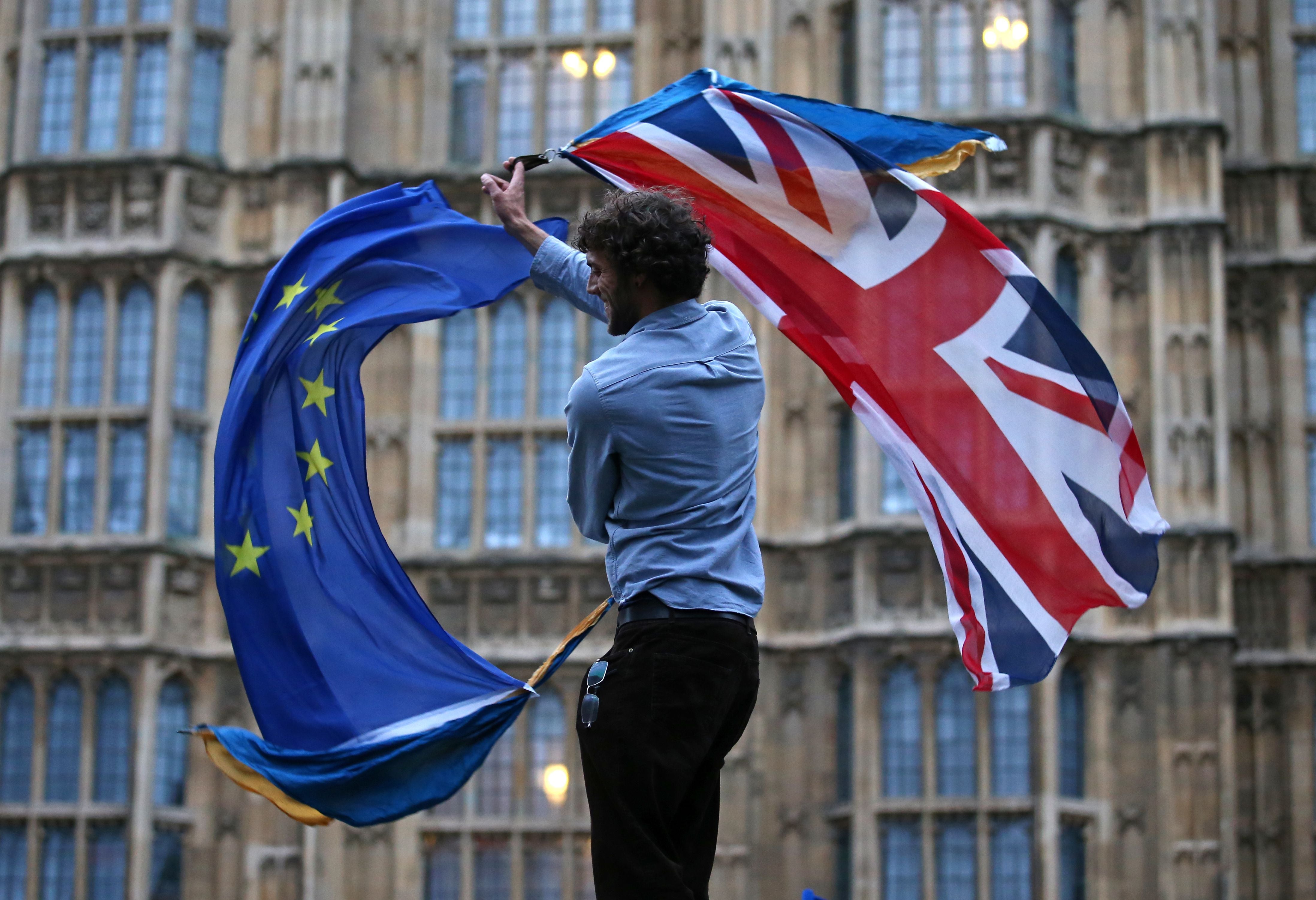
Underpinning the referendum decision was Cameron’s belief in his own leadership abilities that would extract a favourable settlement from the 27 other EU members and sell any deal to the British electorate. His self-confidence was reinforced by a perception that so many of his high-risk initiatives had been vindicated. He had a “taste for big bold gambles”, as Finkelstein put it, contesting the Conservative leadership at the age of 39, establishing a coalition after the 2010 general election, and calling, fighting and winning two referendums – on the alternative vote and Scottish independence. Of all the modern prime ministers, Steve Richards in his The Prime Ministers: Reflections on Leadership from Wilson to Johnson sees Cameron as having the highest appetite for risk.
It can be argued that Cameron did not expect to win the 2015 election outright and that in the coalition discussion process he would be prepared to give up his referendum commitment
Cameron claims in his memoirs that he was never confident that winning a referendum would be straightforward. However, there is compelling evidence to suggest this is deploying a degree of hindsight. Michael Gove, at the time education secretary, wrote to Cameron setting out his opposition to a referendum only to be told, “Don’t worry, I know what I’m doing.” Clegg commented on a “breezy confidence” about winning an in/out vote. In 2014 Cameron told Herman Van Rompuy, president of the European Council, that he believed he could easily win.
Cameron’s confidence in the result would also account for his failure to press for more favourable ground rules for the referendum, such as extending the vote to those aged 16 and 17, as had been the case with the Scottish independence referendum. This self-assurance was also displayed with his mistaken view that he could convince Gove and Boris Johnson, mayor of London, to support his deal.
It can also be argued that when it came to difficult issues, Cameron “didn’t dodge; he tried to grapple and resolve”, as Fall put it. In this regard, Cameron believed that he mirrored Margaret Thatcher’s style. However, this can be seen as misreading the more pragmatic aspects of her premiership in the way she picked her battles. This approach meant that once Europe became a more significant issue than originally envisaged, Cameron believed “in confronting this issue – shaping it, leading the debate”, as he said in the Bloomberg speech. Cameron argued in his memoir that in the past “politicians had kicked this can down the road” by not having a referendum, particularly over the Lisbon treaty. As a result, he believed that the EU’s “wafer thin” legitimacy in the UK had to be addressed.
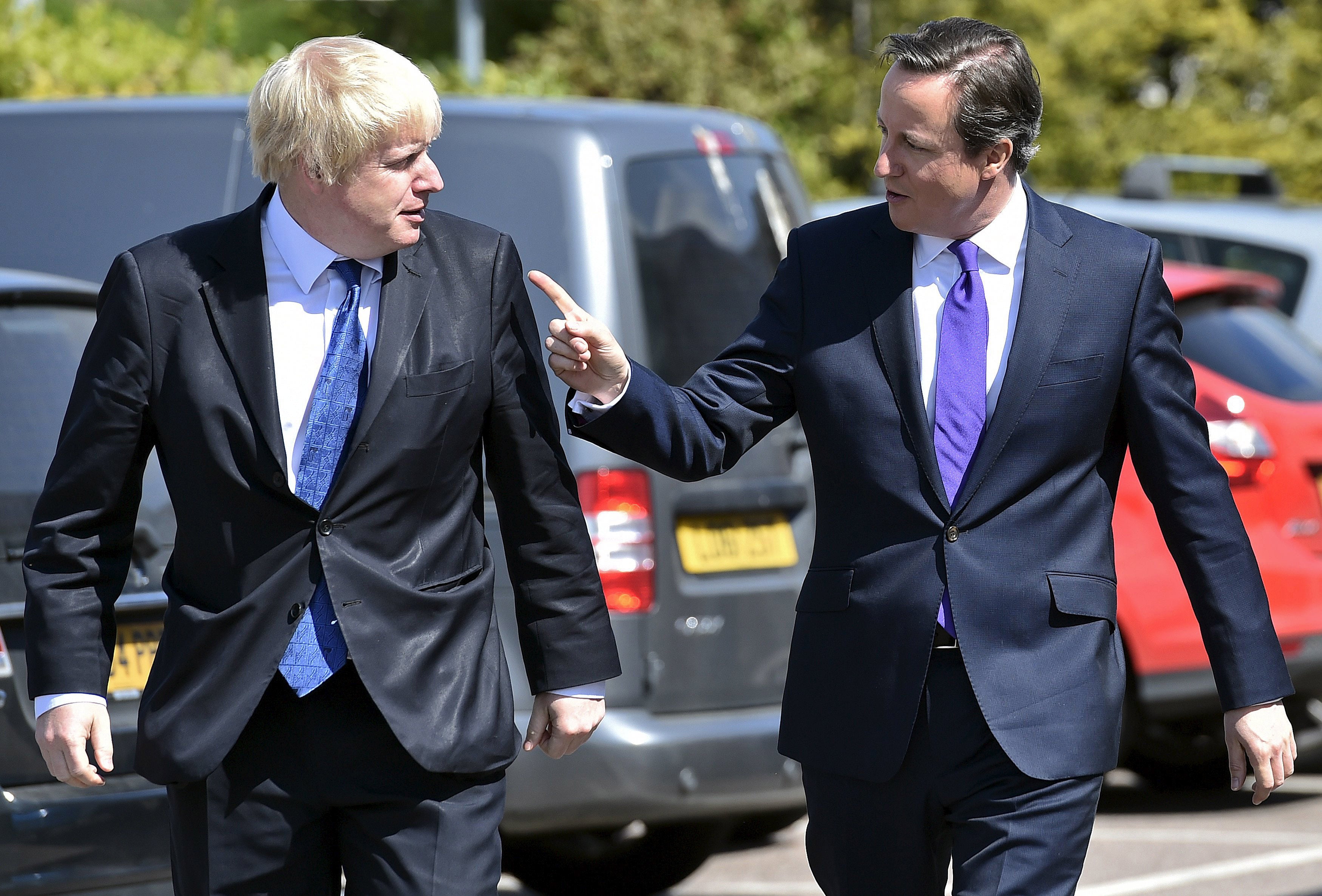
It can be argued that Cameron did not expect to win the 2015 election outright and that in the coalition discussion process he would be prepared to give up his referendum commitment. Bale, however, argues that this is categorically not the case and is supported by Cameron’s own account. Overall, there is therefore a good case that Cameron’s appetite for risk and his determination to confront issues help explain his decision. However, there is an important qualification: he was applying this approach to reforming the EU rather than to his own party.
To address how the referendum decision was taken, it is important to unpick two phases of the process. First, how during the coalition Cameron committed a future Conservative government to a referendum. And secondly, how decisions over the referendum were made during the majority Cameron government that oversaw the renegotiations process and the final decisions about the referendum.
Cameron’s January 2013 announcement of an intent to hold a European referendum if the Conservatives won the 2015 election was not coalition policy but a political announcement given explicitly as party leader. As such it reflected the growing tensions within the coalition following Cameron’s use of the veto at the December 2011 summit and a harder line on European issues during 2012. Hints of a policy change in gestation emerged in June 2012 when Cameron argued in TheSunday Telegraph that he was not opposed to a referendum but that it should be held only when the time was right and when Britain’s relationship with Europe had been redefined. William Hague, the foreign secretary, also confirmed that there was a strong argument for a referendum as other EU countries moved to closer union as a result of the eurozone crisis.
According to Fall, the decision to hold a referendum “emerged” during 2012 in discussions amongs Cameron’s closest political confidants. As a Conservative matter the decision was taken outside the coalition framework, with no formal papers. There was therefore an informality about the decision process that initially involved Cameron and a small number of his team, including Hague, Osborne and Ed Llewellyn, the prime minister’s chief of staff. Cameron denies the decision was taken at a pizza restaurant at Chicago airport before flying back from the Nato summit in May 2012. Further discussion took place before and over the summer recess with the group widened to include Oliver Letwin, minister of state for government policy. Osborne remained sceptical of the developing strategy. In deferring too readily to Cameron on the referendum, Ed Balls has argued that the chancellor did not provide the optimum degree of challenge to the prime minister required for good decision making.
In November 2012 Llewellyn started drafting what would become the 2013 Bloomberg speech. As discussion of the speech proceeded it became clear to Cameron’s inner circle that the only referendum question worth pursuing was in/out. A narrower referendum might have satisfied his party but Cameron concluded only in/out would provide a strong negotiation position for the UK in seeking reform.
This was a high risk strategy, and Cameron’s attraction to it can be explained only by looking at his style as prime minister, particularly his unusual risk appetite and his confidence in his ability to negotiate
Informal consultation on the speech focused on three groups. First, soundings were taken of European leaders, particularly Merkel. She advised that if the speech was to avoid alienating member states, it should be framed in terms of EU change as a whole, not just special pleading for the UK. Secondly, Llewellyn sought the views of Jeremy Heywood, the cabinet secretary. Heywood in turn consulted his permanent secretary colleagues and wrote a personal note to the prime minister. While not questioning the political decision, he argued a referendum could be won only if immigration, welfare and issues of the European Court of Human Rights were addressed. Heywood considered this to be extremely difficult. Cameron later accepted that the exclusion of immigration from the speech was a strategic error.
Thirdly, Cameron consulted Conservative ministers including Theresa May, Iain Duncan Smith and Ken Clarke. The most difficult conversation was with Clarke, but he did not consider resignation. Cameron then extended the discussion to Graham Brady, chair of the backbench 1922 Committee and tried to incorporate his suggestions. To ensure credibility, Cameron believed that committing to a referendum early in a new parliament was important. Fall concluded that this extensive “rolling of the pitch” helped ensure the speech’s positive reception.
Until the 2015 election, Cameron’s ability to prepare for any future renegotiations had been limited by coalition policy which was not to have a referendum. Once parliament was prorogued, however, civil service planning started on the options for a new government and with a Conservative majority Cameron could then use the machinery of government to develop the new policy. A joint committee of ministers, political advisers and civil servants, chaired by Osborne, was established. Then in November 2015, the new cabinet agreed its renegotiation framework covering “financial protection, competitiveness…ever closer union, and… immigration”. At this stage, the cabinet remained united behind a policy of renegotiation, before deciding the government’s referendum position.
Once the EU negotiations had been completed, Cameron called a cabinet meeting for Saturday 20 February 2016. The meeting was asked to agree the package that had been negotiated, the referendum date and the position of the government. All cabinet ministers were asked to speak in turn determined by the order of precedence. This denotes ministerial rank but had not previously been used by Cameron. Of the 24 cabinet ministers, six said that they would not support the deal and would campaign to leave the EU.
The meeting was conducted on the basis that collective cabinet responsibility – the principle that all ministers should publicly support, or leave, the government – would be suspended on the issue of EU membership. This issue had been considered but not concluded by Cameron and his inner team before Christmas 2015, with advice from the cabinet secretary. Again, Osborne was an outlier wanting collective responsibility to be maintained. A year previously Cameron had also supported this position, stating that there would be no suspension.
However, the issue was brought to a head in January 2015 following the threatened cabinet resignation of Chris Grayling, leader of the House, who wanted to campaign in favour of Brexit. Cameron assured him that cabinet responsibility would be suspended. In making this decision, Cameron was broadly following the constitutional model used by Wilson ahead of the 1975 European referendum. The decision was announced in parliament and confirmed in a personal minute from the prime minister to all ministerial colleagues, written in consultation with the cabinet secretary. It described how suspension would apply only after the cabinet meeting that decided the government’s position, would not extend beyond the issue of EU membership, and restricted the support civil servants could provide to dissenting ministers on the issue. It was subsequently discussed at political cabinet (not attended by officials) when Cameron described how the process would operate. This meeting was attended by Boris Johnson, newly elected as an MP and mayor of London until May 2016 although he was not a member of the full cabinet.

Much of the analysis of the rationale for Cameron’s referendum decision tends to focus on managing his party and the rise of Ukip. Shipman even sees the decision as nearly inevitable after the first major backbench rebellion in favour of a referendum in October 2011. Whilst these pressures are important, this essay has argued that a fuller understanding of Cameron’s referendum decision needs to include the policy rationale given the direction of the EU following the eurozone crisis.
A successful prime minister needed to manage his party, Ukip and the electorate while also managing the European policy agenda. This helps us understand why in 2012 Cameron saw the chance to use the promise of a referendum to manage Conservative opinion, undermine Ukip and achieve a new European settlement.
This was a high risk strategy, and Cameron’s attraction to it can be explained only by looking at his style as prime minister, particularly his unusual risk appetite and his confidence in his ability to negotiate an attractive settlement, sell it to his party and win a referendum. The importance of this factor is borne out by Osborne, facing the same circumstances and challenges, arguing for a different choice.
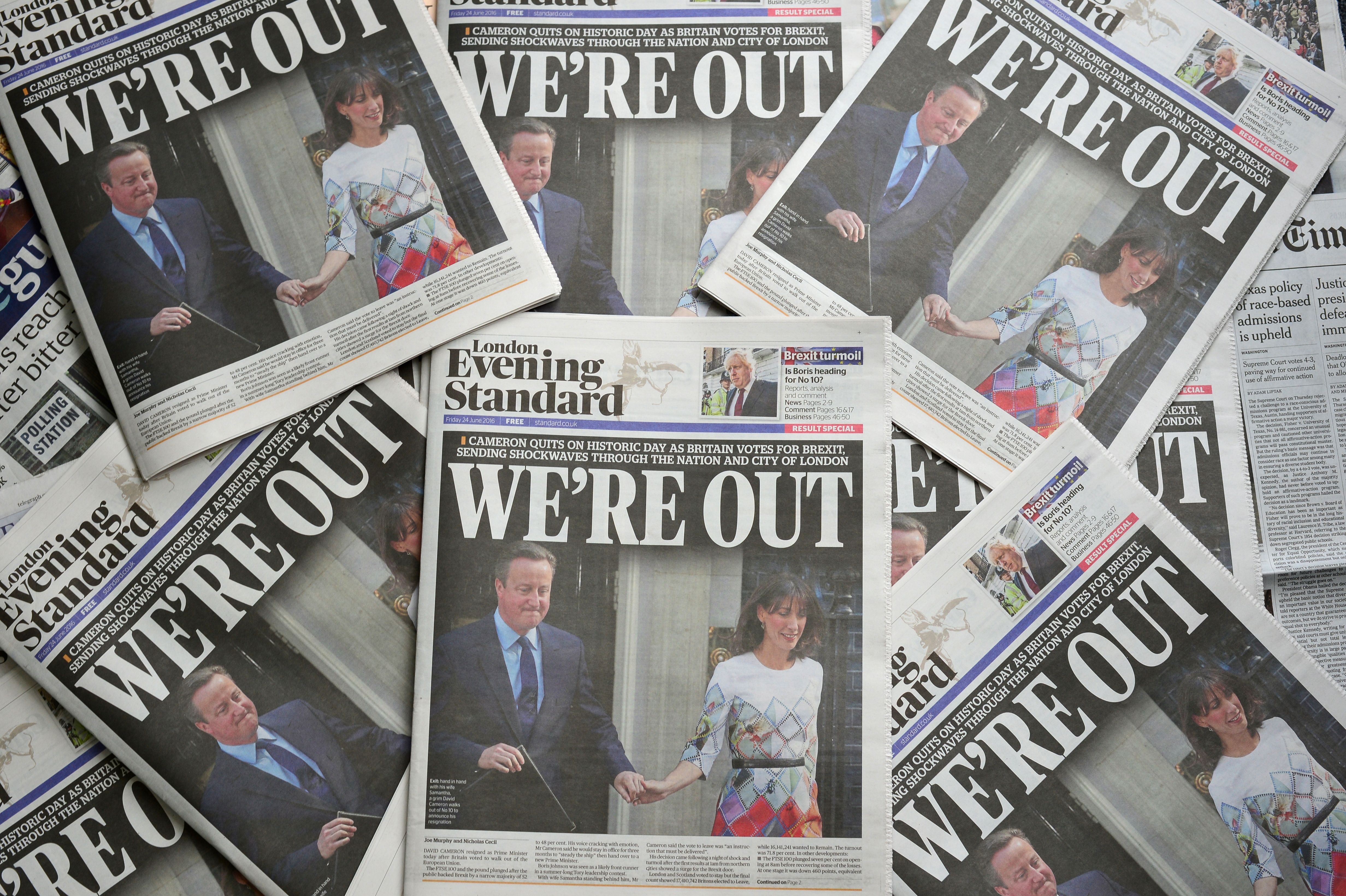
However, there was a fundamental weakness in the policy: what was achievable through renegotiation would be insufficient for Cameron’s critics, and what was sufficient to win a referendum, particularly on restricting free movement, would be unacceptable to the EU.The dilemma arose because when Cameron decided on a referendum, he believed his negotiation position was stronger than it was. This assumption was not sufficiently challenged partly because of how Cameron took the decision – there was a weakness in the informal, politically based process that took place outside the coalition machinery. As a result of this misreading of the EU’s need for a treaty and under intense political pressure, prospects of a fundamental new settlement with Europe were talked up at a point when the chances of meaningful change were receding. It was this growing expectation gap that Cameron’s referendum strategy simply could not bridge.
Patrick Law was an MA student at King’s College London; his essay was selected by Simon Case, the cabinet secretary, as the best of “The History of the Prime Minister – in partnership with 10 Downing Street” classes this year
Further reading
Tim Bale, The Conservative Party from Thatcher to Cameron, 2016. Nick Clegg, Politics Between the Extremes, 2016. David Cameron, For the Record, 2019. Philip Cowley and Dennis Kavanagh, The British General Election of 2015, 2016. Matthew d’Ancona, In It Together: the Inside Story of the Coalition, 2013. Kate Fall, The Gatekeeper, 2020. Suzanne Heywood, What Does Jeremy Think? Jeremy Heywood and the Making of Modern Britain, 2021. Craig Oliver, Unleashing Demons: The Inside Story of Brexit, 2016. Steve Richards, The Prime Ministers: Reflections on Leadership from Wilson to Johnson, 2019. Anthony Seldon and Peter Snowden, Cameron at 10: The Verdict, 2016. Tim Shipman, All Out War, 2017.

Join our commenting forum
Join thought-provoking conversations, follow other Independent readers and see their replies
Comments